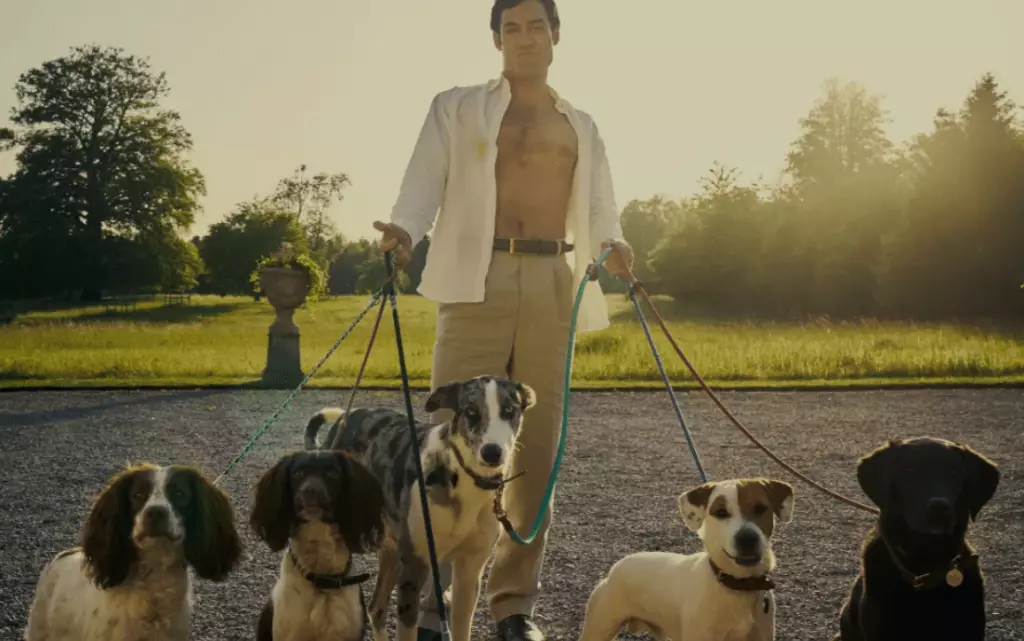The world of television has often witnessed a tug-of-war between artistic integrity and commercial viability. Recently, a noteworthy dialogue emerged from the success of Disney+’s hit series “Rivals,” an adaptation of Jilly Cooper’s controversial novel. The underlying tension became palpable when Sir Colin Callender, a prominent figure in BBC period drama production, openly criticized the show, asserting it doesn’t align with his professional standards. His remarks reveal a broader discussion about what constitutes quality in television programming and whether commercial success is a reliable indicator of artistic worth.
From Callender’s perspective, a successful show like “Rivals” must have more than just high viewership; it should echo relevant themes, provoke thought, and resonate on an emotional level with contemporary audiences. In an industry often flooded with vacuous content aimed solely at drawing in viewers, Callender’s criteria challenge producers to reflect on their motivations and the deeper meanings of their narratives. His dismissive take on “Rivals,” which features extravagant scenarios, such as a lavish game of naked tennis, underlines a critical concern: the risk of trading depth for laughter and scandal.
Callender’s comments shed light on a compelling truth about popular entertainment: it often serves as a refuge from the complexities of real life. His suggestion that audiences might gravitate towards shows like “Rivals” to escape troubling current events opens the floor to understanding why certain types of content thrive despite artistic criticisms. In an age where daily news can seem overwhelming, light-hearted, even frivolous programming offers a necessary distraction. This engagement with escapism raises profound questions about societal values and the consumption of culture.
The dichotomy emerges not just in what stories are told, but in how they are received by the audience. The producers behind “Rivals,” like Dominic Treadwell-Collins, faced skepticism from traditional broadcasters, signaling that many within the industry harbor a certain preconception regarding the merit of “popular” literature. Treadwell-Collins’ experiences reflect a degree of snobbery that often exists within creative circles, where highbrow concepts tend to overshadow more ‘accessible’ narratives about life among the elite.
As the industry continues to evolve, redefining what constitutes success becomes increasingly important. Is a show’s popularity purely numeric, or should it also encompass its impact on discourse, culture, and the reflective nature of its content? Callender’s standards push for a comprehensive evaluation and challenge the notion that mass appeal is synonymous with quality artistry.
The success of series like “Rivals” invites us to ponder the duality of television production—where the lines between entertainment and art often blur. As producers wrestle with these competing ideologies, the media landscape will likely keep expanding, forcing creators and audiences alike to reconsider their definitions of meaningful storytelling. It is this ongoing conversation that will shape the future of television, merging both the lofty and the ludicrous into a tapestry of modern storytelling.

